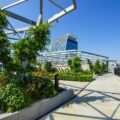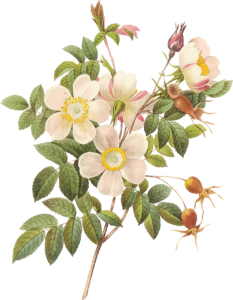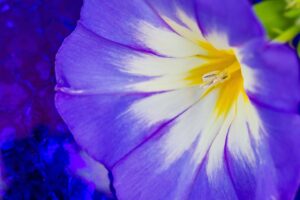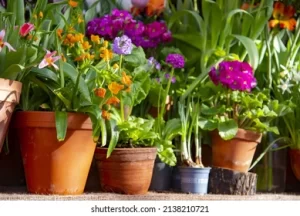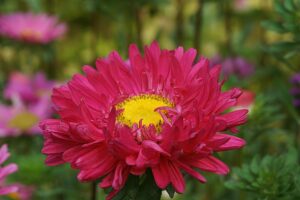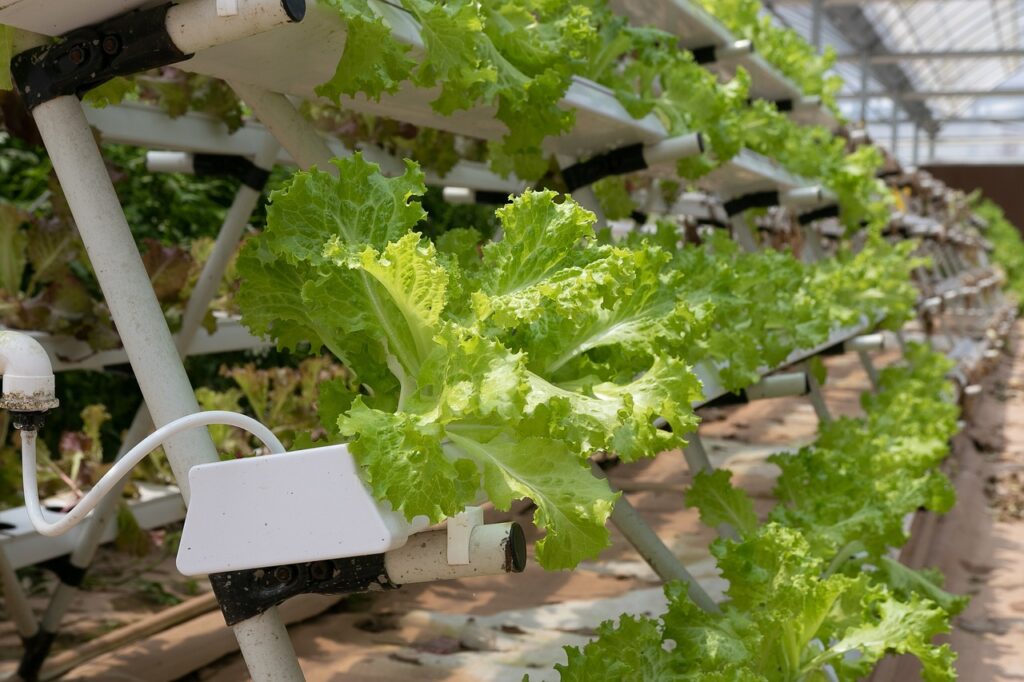
If you’ve ever wanted to grow your own garden but lack the space, hydroponics could be the perfect solution for you. Hydroponics is a method of growing plants without soil. Instead, plants are suspended in a water-based nutrient solution. This method is becoming increasingly popular as more and more people are looking for creative ways to grow their own produce. In this guide, we’ll cover everything you need to know to get started with hydroponics, from understanding what it is to troubleshooting common issues. Let’s get started!
What is hydroponics?
Hydroponics is a method of growing plants without soil. The plants are suspended in a water-based nutrient solution. This solution is full of essential minerals, vitamins, and other nutrients that the plants need to grow. These nutrients are either mixed into the water or added as a liquid concentrate. Hydroponics can be used to grow a wide variety of plants, from herbs and vegetables to flowers and fruit.
The main advantage of hydroponics is that it allows you to grow plants in a much smaller space than traditional gardening. This is because the plants don’t need to take up any physical space. They can be suspended in the nutrient solution and still receive the same benefits as if they were in soil. Additionally, hydroponics can help save water, as it uses much less water than traditional gardening.
Benefits of hydroponics
Hydroponics offers a variety of benefits to gardeners. These include:
- Increased yields: Hydroponics can produce higher yields of plants than traditional gardening methods due to the ability to precisely control the nutrient solution and the environment in which the plants are grown.
- Reduced water usage: Hydroponics uses up to 90% less water than traditional gardening methods. This is because the nutrient solution is recycled, meaning it does not need to be replaced as often.
- Reduced risk of disease and pests: Because the plants are not planted in soil, they are not exposed to the same risks as plants grown in soil. This reduces the risk of disease and pests that can damage plants.
- Faster growth: Plants grown in hydroponics can grow up to 50% faster than those grown in soil. This is because they receive a consistent supply of nutrients and are not affected by soil conditions.
Types of hydroponic systems
There are several types of hydroponic systems available. Each offers its own unique benefits and drawbacks. The most common types of hydroponic systems are:
- Deep water culture (DWC): This is the simplest and most common type of hydroponic system. Plants are suspended in a container of nutrient solution and oxygen is supplied via an air pump or airstone.
- Nutrient film technique (NFT): This system is similar to DWC, except the nutrient solution is constantly circulated through the roots of the plants. This allows for a more consistent supply of nutrients.
- Ebb and flow: This system is also known as flood and drain. The plants are placed in a tray and the nutrient solution is periodically flooded into the tray and then drained out.
- Aeroponics: This system uses a mist of nutrient solution to feed the plants. The nutrient solution is atomized and sprayed onto the roots of the plants.
- Drip system: In this system, the nutrient solution is delivered directly to the roots of the plants via a drip line.
Supplies and tools needed for a hydroponic garden
To get started with hydroponics, you will need the following supplies and tools:
- A hydroponic system: This is the most important item and will vary depending on which type of system you choose.
- A grow light: This is important for plants to grow in the absence of natural sunlight.
- Nutrient solution: This is the water-based solution that contains the essential minerals and nutrients for the plants.
- pH test kit: This is important for monitoring the pH of the nutrient solution.
- Air pump: This is used to oxygenate the nutrient solution and keep it from becoming stagnant.
- Plant containers: These are used to hold the plants in the hydroponic system.
- Net pots: These are used to suspend the plants in the nutrient solution.
- Timer: This is used to control the grow light and nutrient solution.
- Thermometer and hygrometer: These are used to monitor the temperature and humidity of the grow room.
Setting up your hydroponic garden
Once you have all the supplies and tools you need, it’s time to set up your hydroponic garden. The first step is to set up the hydroponic system. Depending on which type of system you choose, this may involve assembling the components or setting up the grow bed. Once the system is set up, you will need to fill it with nutrient solution. You can either buy a pre-made solution or mix your own.
Next, you will need to set up the grow lights. This will involve positioning the lights so that they are evenly distributed over the plants. You will also need to set the timer so that the lights are on for the appropriate amount of time.
Once the lights are set up, it’s time to add the plants. This involves placing the plants in the net pots and suspending them in the nutrient solution. Make sure to position the plants so that they will receive the most light possible.
Hydroponic nutrient solutions
A hydroponic nutrient solution is essential for a successful hydroponic garden. This solution contains all the essential nutrients that plants need to grow. These nutrients include nitrogen, phosphorous, potassium, calcium, magnesium, sulfur, and iron. The nutrient solution can be bought pre-made or mixed from a variety of different sources.
It is important to monitor the pH of the nutrient solution. The ideal pH range is between 6.0 and 6.5. If the pH is too high or too low, the plants may not be able to absorb the nutrients. To test the pH, you can use a pH test kit.
Growing plants in a hydroponic garden
Once the hydroponic garden is set up, it’s time to start growing the plants. The most important factor is to make sure that the plants are receiving the right amount of light, nutrient solution, and oxygen.
The plants should be watered every day with fresh nutrient solution. The amount of water and nutrient solution will depend on the type of plants you are growing. Make sure to monitor the pH of the nutrient solution and adjust as needed.
You should also monitor the temperature and humidity of the grow room. The ideal temperature range for most plants is between 70 and 80 degrees Fahrenheit. The ideal humidity range is between 40 and 50%.
Troubleshooting common hydroponic issues
When growing plants in a hydroponic garden, there are some common problems that can occur. These include:
- Nutrient deficiency: This is usually caused by an imbalance in the nutrient solution or an incorrect pH. To fix this, you can adjust the nutrient solution or use a pH test kit to ensure the pH is within the correct range.
- Excess heat: This can be caused by the grow lights being too close to the plants or the temperature of the grow room being too high. To fix this, you can move the lights farther away from the plants or adjust the temperature of the grow room.
- Pests and diseases: This is usually caused by excessive moisture or incorrect pH. To fix this, you can adjust the nutrient solution or use a pH test kit to ensure the pH is within the correct range.
Tips for successful hydroponic gardening
- Test the pH of the nutrient solution regularly.
- Monitor the temperature and humidity of the grow room.
- Make sure the plants are receiving enough light, oxygen, and nutrient solution.
- Prune the plants regularly to promote healthy growth.
- Use natural pest control methods such as beneficial insects or organic pesticides.
- Don’t overwater the plants.
- Clean the hydroponic system regularly to prevent buildup of algae and other contaminants.
Conclusion
Hydroponics is a great way to grow your own produce in a smaller space. It also offers a variety of benefits such as increased yields, reduced water usage, and reduced risk of disease and pests. To get started with hydroponics, you will need to understand the basics and have the right supplies and tools. With the right setup and maintenance, you can have a successful hydroponic garden. Visit https://floweringplants.org/ for all your gardening needs.
Hydroponics is a great way to grow your own garden without taking up a large space. With the right setup and maintenance, you can have a successful hydroponic garden. Whether you’re looking to grow herbs, vegetables, or flowers, hydroponics is a great way to get started with gardening.
